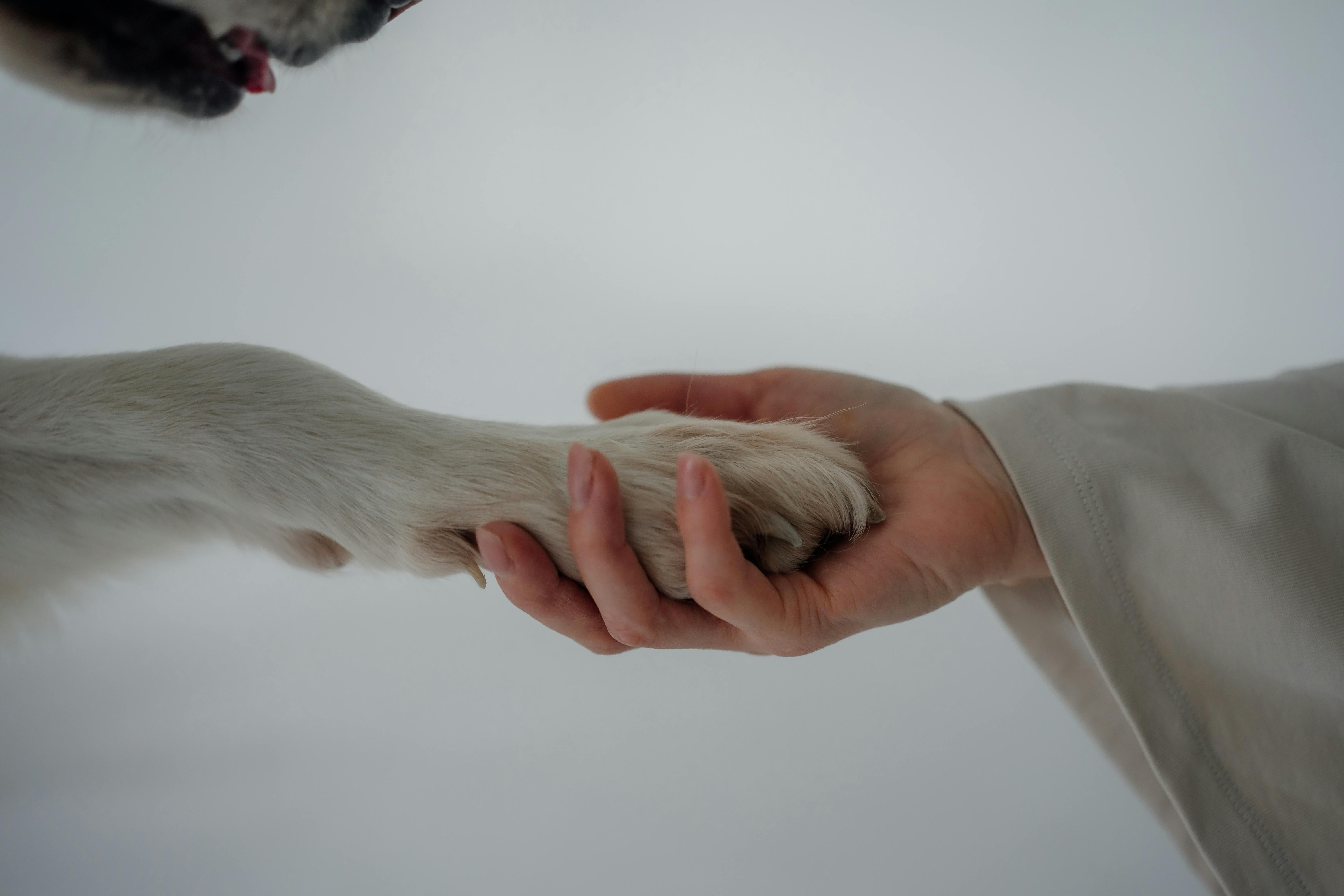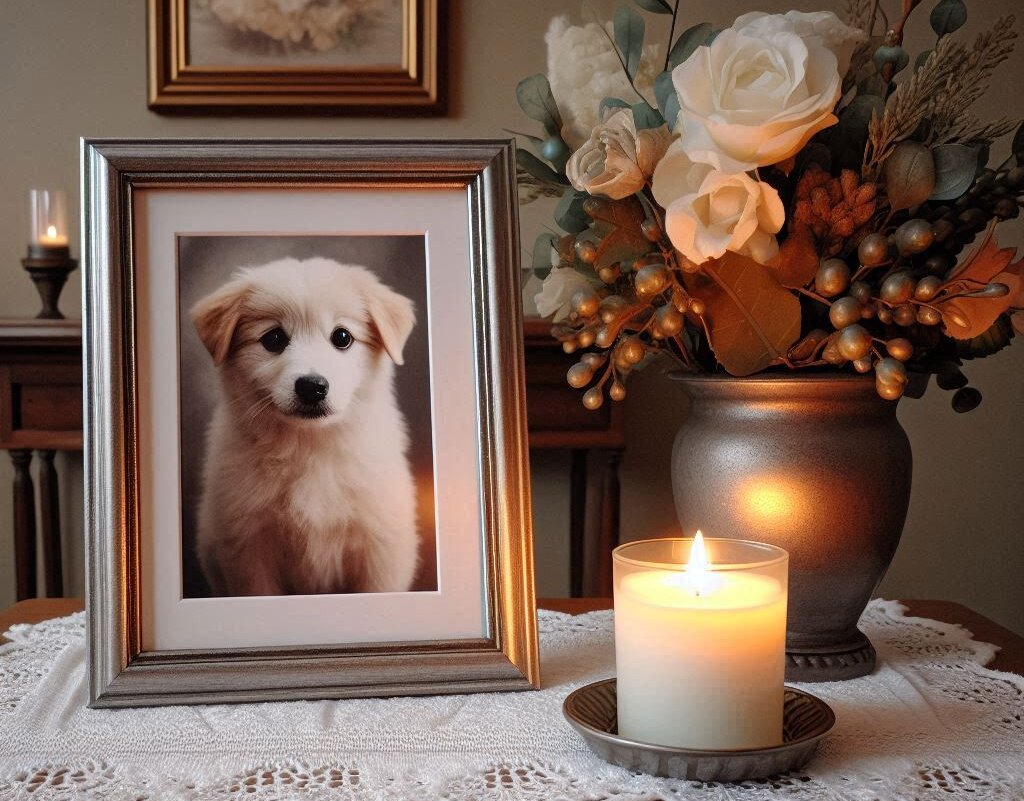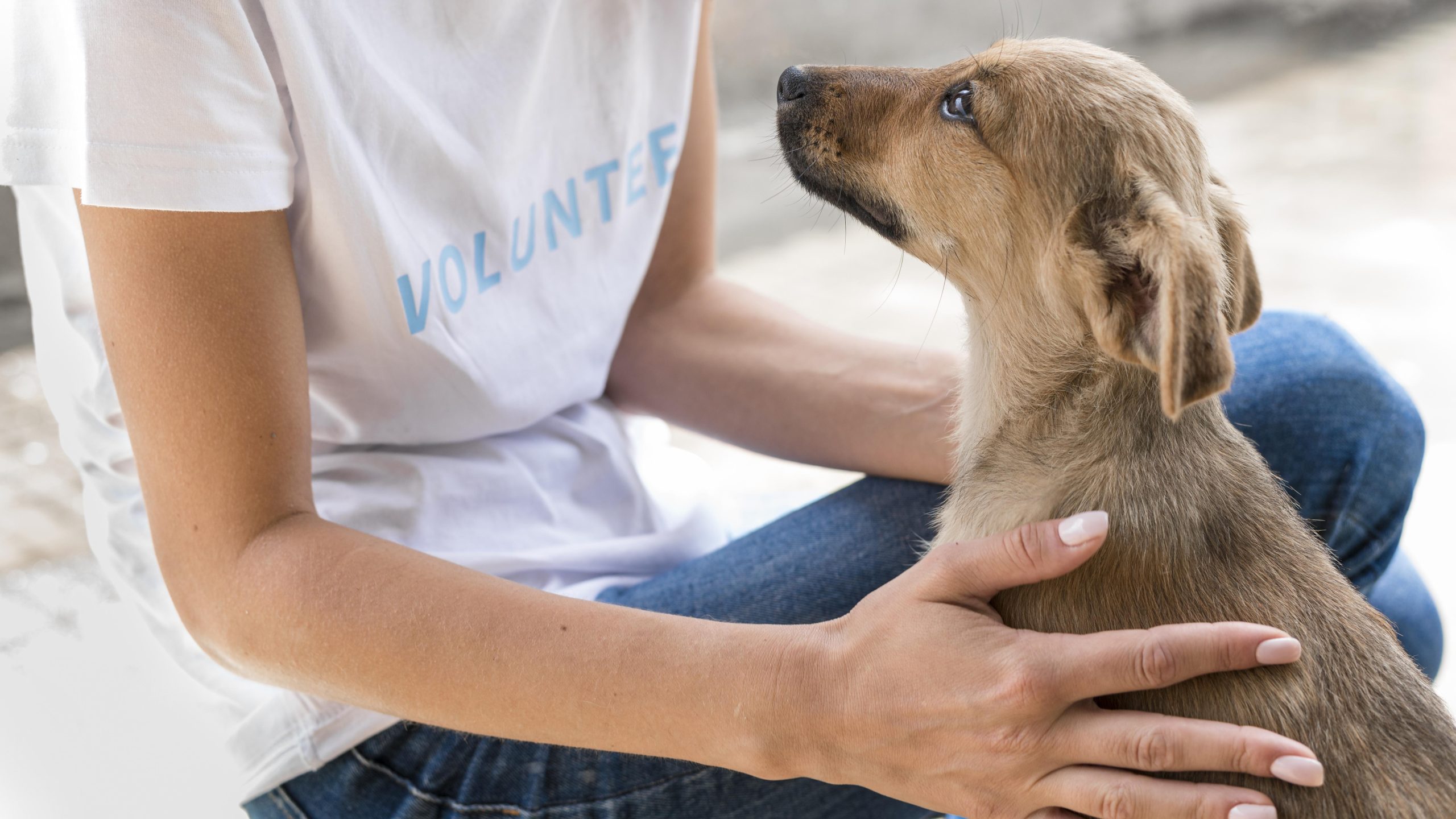Losing a beloved pet can hit you harder than you might expect. For many of us, pets aren’t just animals—they’re family. They’ve been there for the good days and the tough ones, offering unconditional love and companionship. So, when they’re gone, it can feel like a huge piece of your heart is missing. It’s important to let yourself feel that pain and express your grief. This isn’t just about saying goodbye; it’s about honoring your pet’s special place in your life. By allowing yourself to truly grieve, you start to come to terms with the loss and begin the healing process. Remembering the joy and comfort your pet brought can help you navigate this challenging time. It’s okay to feel deeply and take your time to heal.
WHAT CAN YOU DO?
Your grief journey is unique and won’t follow a set path or series of stages. As you mourn, here are some steps to consider:
Acknowledge the Reality of the Loss
Coming to terms with your pet’s death might take weeks or even months, and it will happen at your own pace. Be gentle with yourself as you adjust to life without your cherished companion. Just as your relationship with your pet took time to grow, getting used to their absence will also take time.
Embrace the Pain
While it’s difficult, allowing yourself to feel the emotions that come with losing a pet is essential for healing. A healthier grief journey often involves taking the time to process these feelings rather than pushing them away or ignoring them.
Keep the Connection Through Memories
Your memories keep your pet alive in your heart. Reflecting on these memories—whether joyful or sorrowful—can be a slow, sometimes painful process that unfolds gradually. Consider looking through old photos, writing a tribute, or penning a letter to your pet recalling your time together.
Adjust Your Self-Identity
Being a pet owner might be a significant part of your identity, and others may also associate you with your pet. Whether you were known as “the person who always walked the big black dog” or “the friend whose cat loved to curl up on laps,” adjusting to this change is a key part of the mourning process.
Seek Meaning
It’s natural to question the meaning and purpose of having pets after they die. Coming to terms with these questions is another important aspect of your grief journey. Remember, it’s the act of asking these questions that’s meaningful, not necessarily finding concrete answers.
Accept Support From Others
You need the love and support of others because grief is not something you simply “get over.” Connecting with other pet owners who have experienced similar losses can be a valuable way to find comfort and understanding.
tHINGS To RemEMBER

The Silence Can Be Overwhelming
After your pet’s death, the silence in your home may feel deafening. Your pet’s presence was often more than just physical—it was something you sensed. When they’re gone, the absence can feel piercing. Acknowledging this “presence of absence” can help you prepare for the emotions that will inevitably follow.
Your Bond Was Special
The bond you shared with your pet was unique and deeply meaningful, even if others may not fully understand it. Well-meaning friends and relatives might suggest that “it’s just a cat” or “just a dog,” but your grief is valid, and your relationship with your pet deserves to be mourned.
Grief Is Not a Competition
It’s common to compare your grief with that of others, trying to justify the depth of your feelings. However, grief is personal and cannot be ranked. Your loss is yours, and it deserves the same care and attention as any other loss.
Spiritual Questions May Arise
During your grief journey, you may question your beliefs about pets and the afterlife. People around you will likely have their own opinions, but it’s important to find answers that resonate with your personal beliefs and spiritual understanding.
THE RAINBOW BRIDGE: A SOURCE OF COMFORT

The Rainbow Bridge is a comforting concept for many pet owners. It’s a belief that when a pet dies, they cross a bridge to a beautiful and peaceful place where they are restored to health and happiness. There, they wait for their human companions to join them one day. This imagery can offer solace by providing a sense of ongoing connection and hope, suggesting that your pet is in a serene and joyful place until you are reunited.
UNDERSTANDING YOUR GRIEF JOURNEY

Grief is a deeply personal experience that may present unique challenges. It happens only gradually. It can’t be forced or hurried, and there is no “normal” timetable for grieving. Some people start to feel better in weeks or months. For others, the grieving process is measured in years. If you’re really struggling with the loss of your pet, try talking with a grief counselor.
LET YOURSELF GRIEF
Grief is not something you simply “get over.” You need the love and support of others because your grief is valid, and your relationship with your pet deserves to be mourned.
After your pet’s passing, the quiet in your home might feel overwhelming. The absence of your pet, who was more than just a physical presence but a constant companion, can be deeply felt. Recognizing this profound “absence” can help you prepare for the emotional journey ahead.
Remember, grief isn’t a competition. It’s natural to measure your sorrow against others, but each person’s grief is unique and valid. Your loss deserves the same care and understanding as any other significant loss.
WHY IS LOSING A PET SO PAINFUL?
Your bond with your pet was unique and deeply meaningful, even if others may not fully understand. Sometimes, people consider their relationships with their pets closer than with most of their family members. It’s actually a really profound relationship, and when we lose them, our psychological needs are to grieve them in the same way we would grieve any profound relationship.
The simplest reason is that a pet is around you all the time. Most people spend less continuous hours around their parents, other family members, friends, or even their grown kids. In many cases, a pet lives with their owner nearly every minute of their life, from wriggling puppyhood to final sleep.
COPING STRATEGIES

While everyone grieves differently, here are some practical strategies to help you cope:
Acknowledge Your Grief: Give yourself permission to express your sorrow, whether through crying, journaling, or talking with others. Suppressing your feelings can prolong your grief.
Seek Support: Reach out to others who can understand and empathize with your loss. Numerous resources are available, such as the Pet Compassion Careline, Lap of Love’s grief support, and online or local support groups.
Memorialize Your Pet: Creating a ritual or memorial can be a meaningful way to honor your pet’s memory. Consider spreading their ashes in a special place, planting a tree in their honor, or commissioning a memorial item like jewelry or a statue.
Help Children Understand: If you have children, be honest with them about what happened and allow them to participate in age-appropriate grief rituals. This will help them process their emotions in a healthy way.
Support Surviving Pets: If you have other pets, they might grieve too. Maintain their routine and give them extra attention. If they continue to show signs of distress, consult with a veterinarian.
Consider a New Pet Carefully: Rushing into getting a new pet might not be fair to you or the new animal. Give yourself time to grieve before considering adopting again.
REACH OUT FOR SUPPORT
Grieving the loss of a pet can be a challenging and deeply emotional process. If you find yourself struggling to cope with your loss, consider reaching out to Estadt Psychological Services for support. They can provide professional guidance and help you navigate your grief journey. Remember, seeking help is a sign of strength. You don’t have to go through this alone.